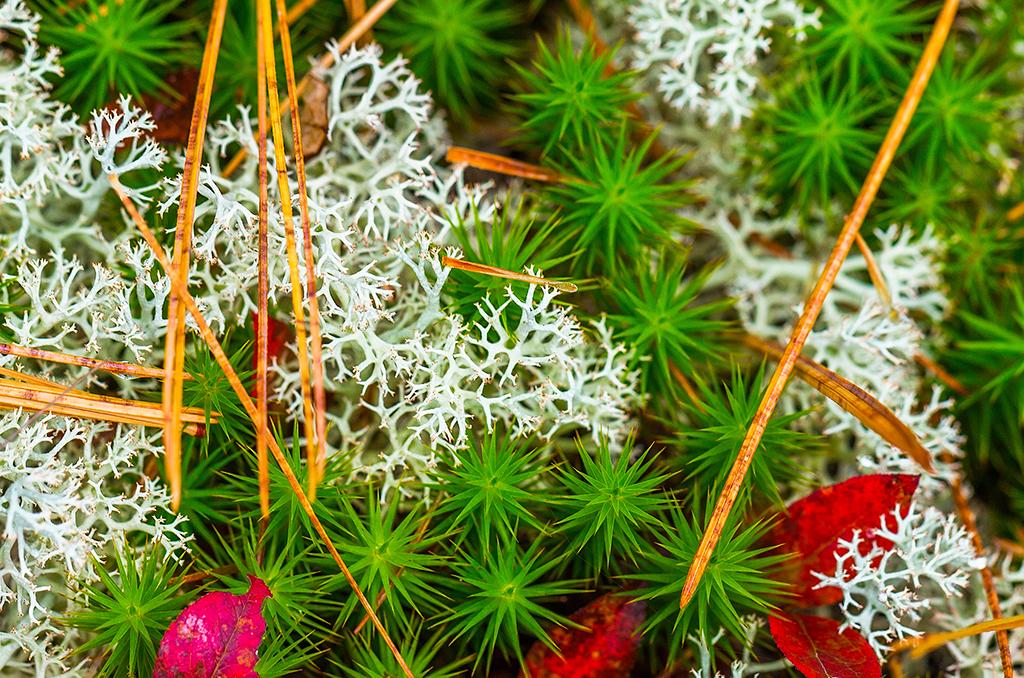
Fruiticose lichen and sphagnum moss up close, Acadia National Park / Rebecca Latson
My sister, youngest nephew, and I were glued to the television when James Holzhauer competed on Jeopardy, months ago. That young man is phenomenal! And something he said stuck with me. When asked how he learned so much, Mr. Holzhauer said one of the things he did was go to the children’s section of the library and read the books there. He said you could learn a lot from children’s books.
Recently, I received my order of National Parks of the U.S.A. by Kate Siber. It’s a neat children’s book with all sorts of facts for the national parks. I’m using some of the material from this book for this Quiz And Trivia #8.
Test your knowledge first before checking the answers at the bottom. Good luck!
1. Sphagnum moss lives in some of the wetlands of Acadia National Park. What was it used for during the Civil War?
a) tea
b) rope
c) bandages
d) kindling
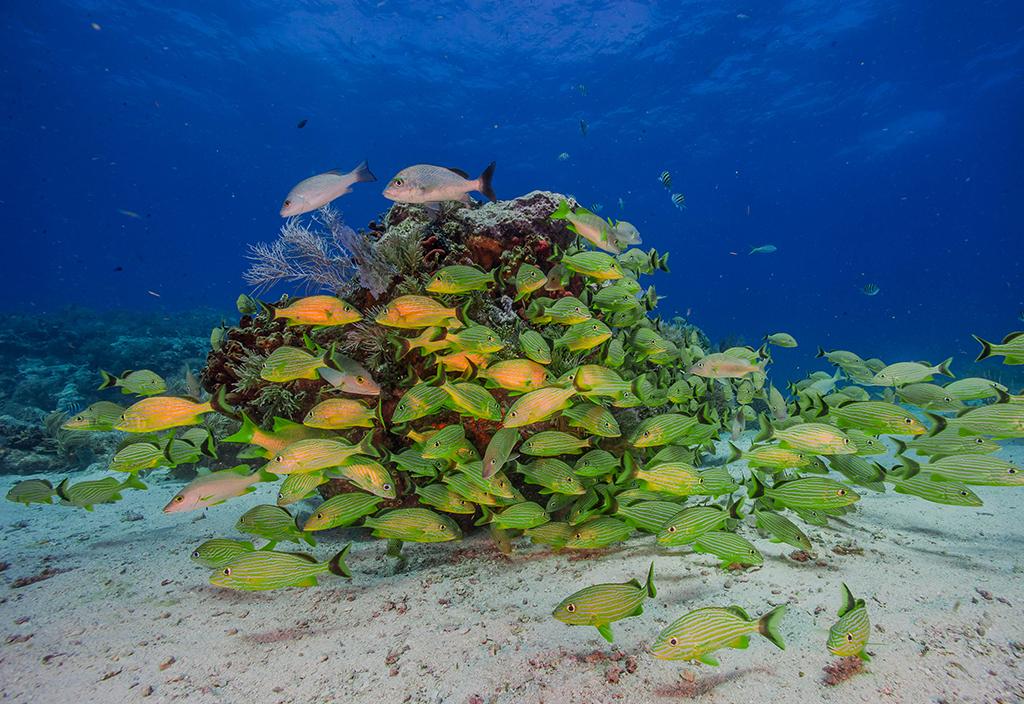
Biscayne underwater, Biscayne National Park / NPS-Shaun Wolfe
2. Ninety-five percent of Biscayne National Park is underwater. There’s plenty of marine life to see, from dolphins to turtles to all sorts of fish. How many species of fish live in this national park?
a) 300
b) 400
c) 500
d) 600
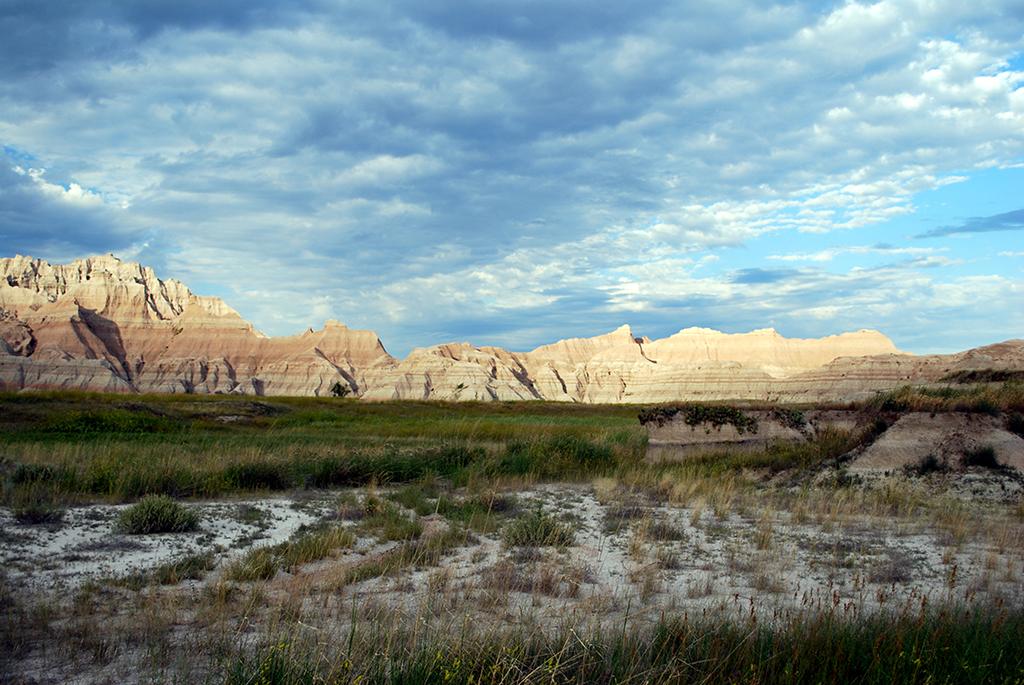
West of Saddle Pass, Badlands National Park / NPS-Shaina Niehans
3. Badlands National Park has one of the largest _____ in the country
a) bison herds
b) swaths of mixed-grass prairie
c) number of plant species
d) campgrounds
4. Channel Islands National Park has about 400 lichen species. One of these lichens was named after somebody famous.
a) Bob Marley
b) Carl Sagan
c) President Barack Obama
d) John Cleese
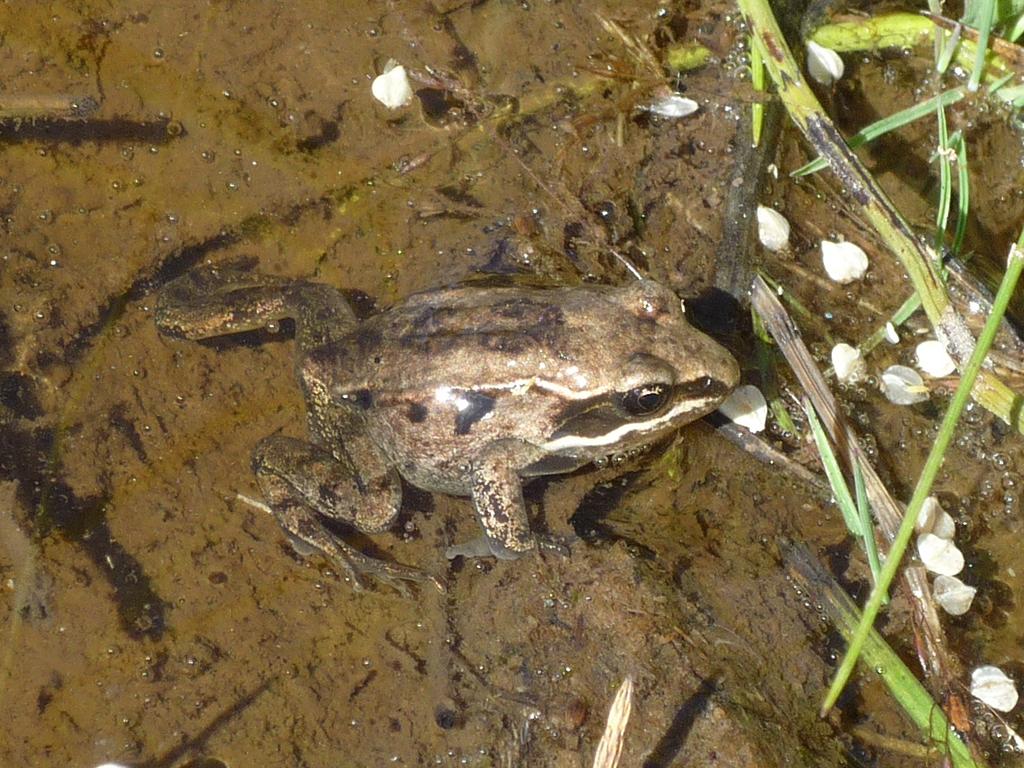
Small wood frog in a shallow puddle, Denali National Park / National Park Service
5. What amazing thing does the wood frog, which can be found in Denali National Park & Preserve, do?
a) Jump 10 feet into the air when startled
b) Stop its heart and turn to ice in the winter
c) Lay 10,000 eggs during frogspawn
d) Produce a painkiller 200 times the power of morphine
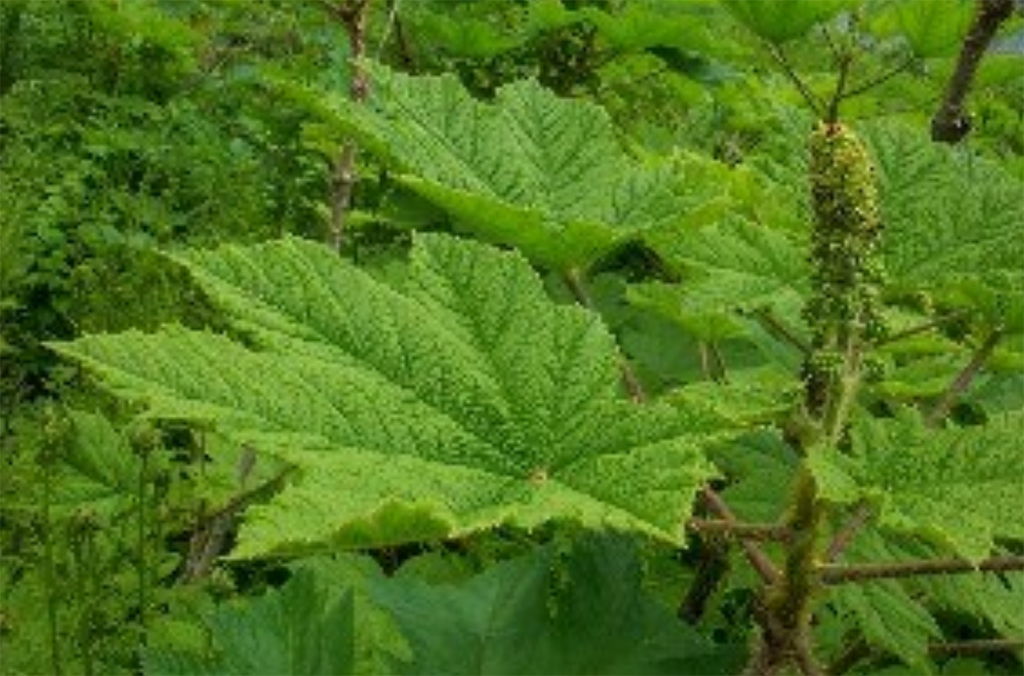
Devil's club, Glacier Bay National Park / National Park Service
6. Devil’s club is a common plant found in Glacier Bay National Park. It has huge leaves and poisonous stalks. Alaska Natives have used this plant for ____
a) an arthritis remedy
b) fishhooks
c) deodorant
d) all the above
7. Can you match the wildlife with the national park?
a) Padre Island National Seashore 1. Road runner
b) Big Bend National Park 2. Wolf
c) Hawai'i Volcanoes National Park 3. Nēnē
d) Yellowstone National Park 4. Kemp’s ridley sea turtle

Gateway Arch, Gateway Arch National Park / National Park Service
8. The Gateway Arch in Gateway Arch National Park is 630 feet tall and 630 feet in distance from leg to leg at ground level. The viewing area at the top can hold how many people?
a) 160
b) 200
c) 250
d) 300
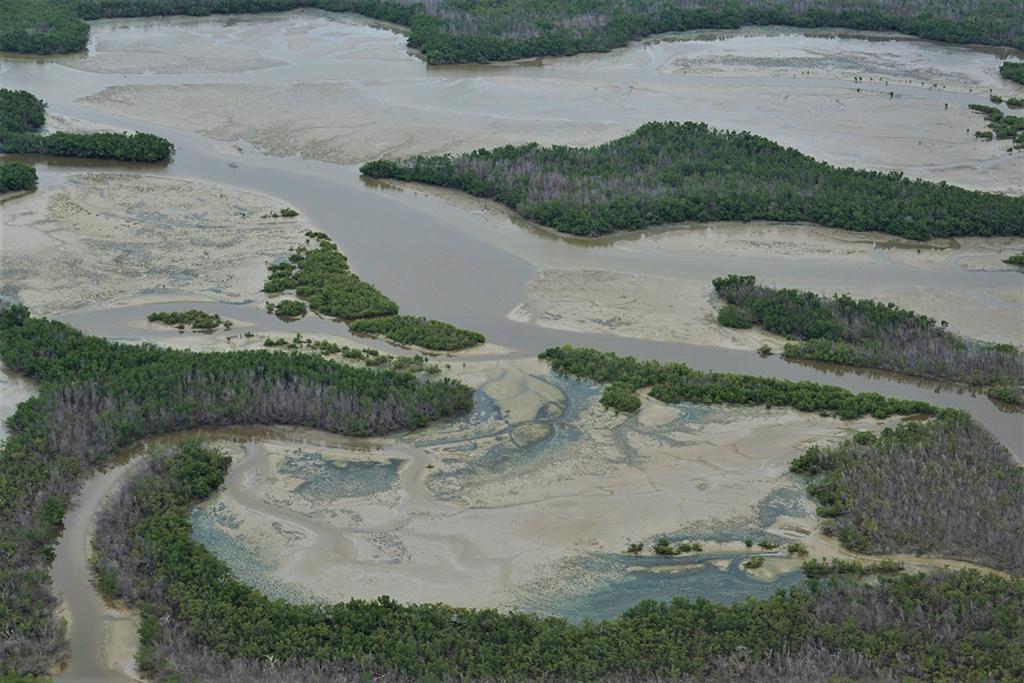
An aerial view of Marjory Stoneman Douglas Wilderness, Everglades National Park / NPS-Denise Diaz
9. Everglades National Park is filled with amazing plants, trees, and wildlife. There’s one thing in particular that is very attractive to poachers. What is that?
a) The cardinal airplant
b) The Liguus tree snail
c) The clamshell orchid
d) The marsh rabbit
10. Native Americans utilize the bright yellow rabbitbrush found in Grand Canyon National Park for _____
a) chewing gum
b) yellow dye
c) both of the above
d) neither of the above
Here’s a little trivia for you
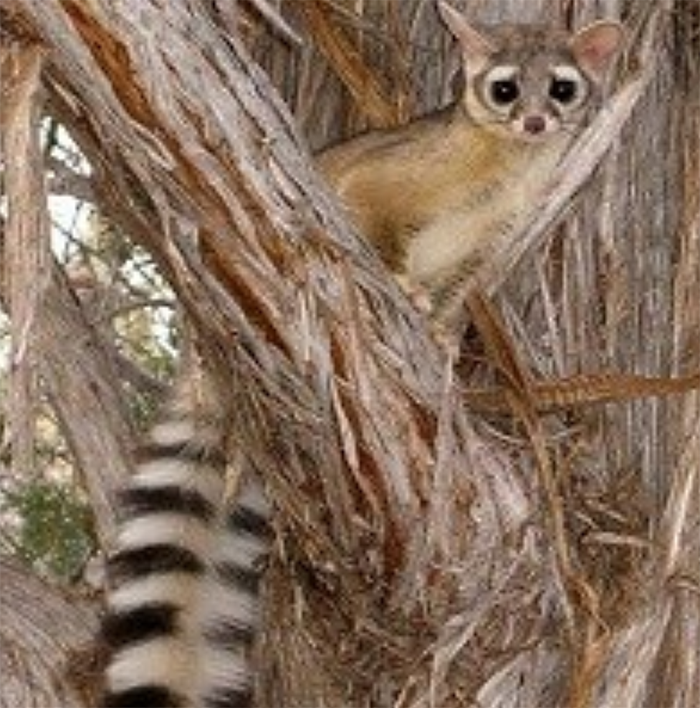
Ringtail in a tree, Grand Canyon National Park / National Park Service
In addition to interesting plants (like rabbitbrush), Grand Canyon National Park also has some interesting wildlife, such as the ringtail (aka ringtail cat, miner’s cat, bassarisk), a mammal that can “climb straight up and down cliffs, squeeze into tight spaces, turn its hind legs 180 degrees, and even do a cartwheel.” Ringtails aren't really cats. They are more related to the racoon and coati. They are nocturnal animals and are omnivores, which means they'll eat just about anything.
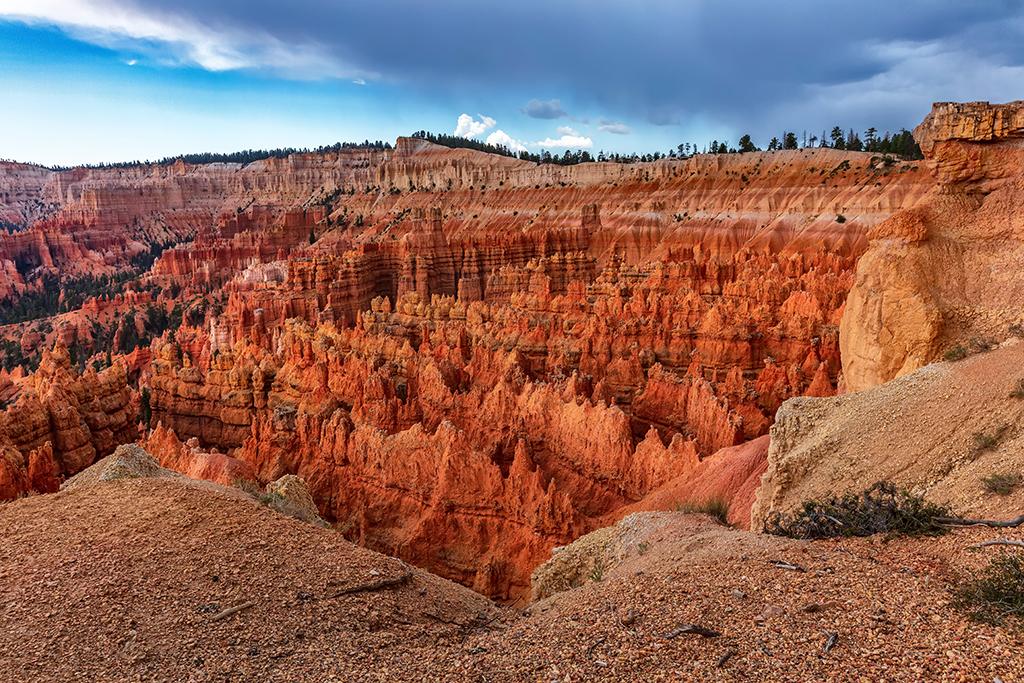
A summer monsoon storm over Inspiration Point, Bryce Canyon National Park / Rebecca Latson
Bryce Canyon National Park is home to the tarantula hawk, a giant wasp said to have “the worst sting on the planet.” Brilliantly colored, tarantula hawks can grow up to 2 inches in length. Females have curly antennae while males have straight antennae. The female tarantula hawk can sting a tarantula (yeah, the big hairy spider) to paralyze it then lay an egg in the tarantula’s belly. When that egg hatches, it feeds on the tarantula’s organs.
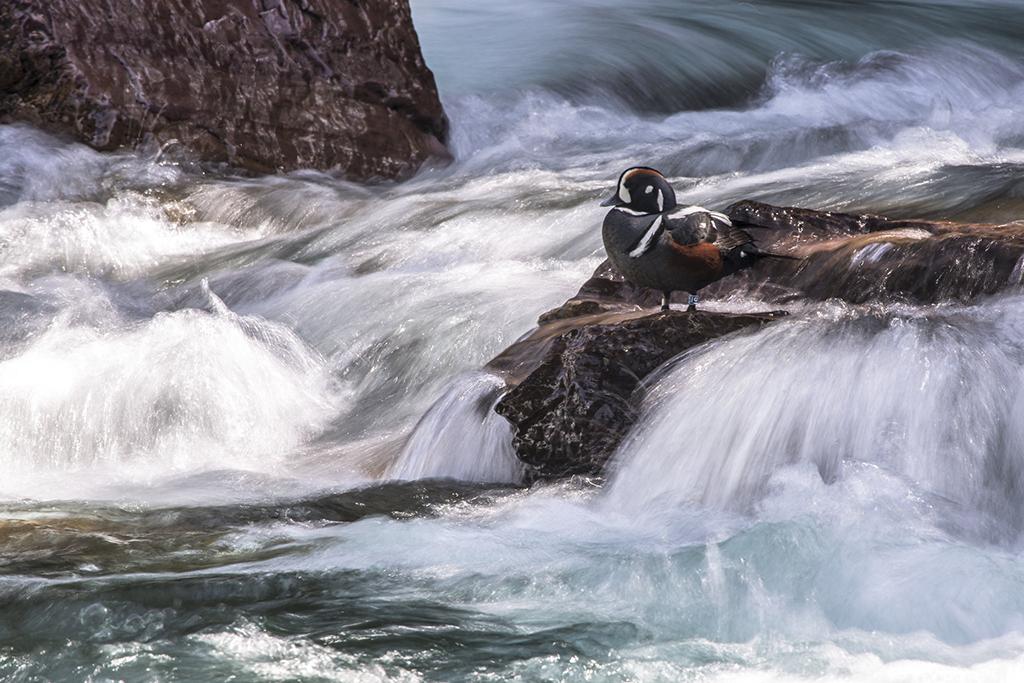
A harlequin duck, Glacier National Park / NPS-Jacob W. Frank
As you drive the lower elevations of Going-to-the-Sun Highway in Glacier National Park, you might happen to see a harlequin duck on the banks of or floating in rushing streams and creeks. “Harlequin ducks are the only North American duck species specialized to fast-moving water habitats. Glacier National Park’s cold, clear streams are critical breeding habitat for these charismatic birds.” “Glacier National Park’s Upper McDonald Creek has the highest density of breeding harlequin ducks in the contiguous United States; twenty-five percent of all chicks born in Montana are raised within this drainage.” Because of their fondness for turbulent water, harlequin ducks have been known to break bones from the rough waters! Ouch!
Quiz answers
1. c
Sphagnum moss has antiseptic properties and was used for bandages during the Civil War.
2. d
There are 600+ species of native fish living within Biscayne National Park, including anchovies, perches, and sunfishes. For a list of fishes identified within these waters, click here.
3. b
“Some of the grasses [in the mixed-grass prairie] grow higher than an adult’s waist.” This sea of grass keeps the soil in place and provides food for prairie dogs, pronghorn and bison.
4. c
Caloplaca obamae, named in honor of President Barack Obama, is a species of lichen that was discovered on Santa Rosa Island in Channel Islands National Park.
5. b
“Wood frogs are just one of many creatures that use ‘cryoprotectant’ chemicals to survive freezing temperatures ... The eyeballs and extremities of wood frogs start to freeze as daily temperatures drop below 32° Fahrenheit (0° Celsius). The first sign of freezing apparently stimulates the brain to send a message to the wood frog’s liver, which starts to convert stored glycogen into glucose, a sugar. The glucose circulates through the frogs bloodstream into the cells where it lowers the freezing point of water. The glucose also protects cells from damage and minimizes the effects of dehydration.” While the wood frog does not totally freeze solid, 2/3 of its body water does turn to ice.
6. d
In addition to using devil’s club for an arthritis remedy, fishhooks and deodorant, Alaska Natives have also used this plant for coughs, colds and fever, skin disorders, and digestive ailments.
7. a4, b1, c3, d2
8. a
The viewing area can hold 160 people. Another interesting fact, among many, is that the “Arch is designed to sway as much as 18 inches, and can withstand an earthquake, however under normal conditions the Arch does not sway. It takes a 50-mile an hour wind to move the top 1 1/2 inches each side of center.” To learn more about the Arch, click here.
9. c
Because of the large numbers of clamshell orchids stolen by poachers, there aren’t very many left. Count yourself lucky if you happen to see one. There are several other interesting orchids to be seen in the Everglades, such as ladies’ tresses, the cowhorn orchid, and the butterfly orchid. To see what these orchids look like, click here.
10. c
Native Americans used this for chewing gum because of the rubber in the sap, as well as for making a yellow dye, and a medicinal tea.
References
In addition to the book National Parks of the U.S.A. by Kate Siber, and the specific NPS.gov park websites, I also found information from the following:
https://en.wikipedia.org/wiki/Caloplaca_obamae
https://www.latimes.com/science/sciencenow/la-sci-sn-alaskan-frozen-frogs-20140723-story.html
https://ethnobiology.org/sites/default/files/pdfs/JoE/2-1/Turner1982.pdf
https://www.fs.fed.us/wildflowers/plant-of-the-week/ericameria_nauseosa.shtml
https://www.desertmuseum.org/kids/oz/long-fact-sheets/Ringtail.php



Add comment